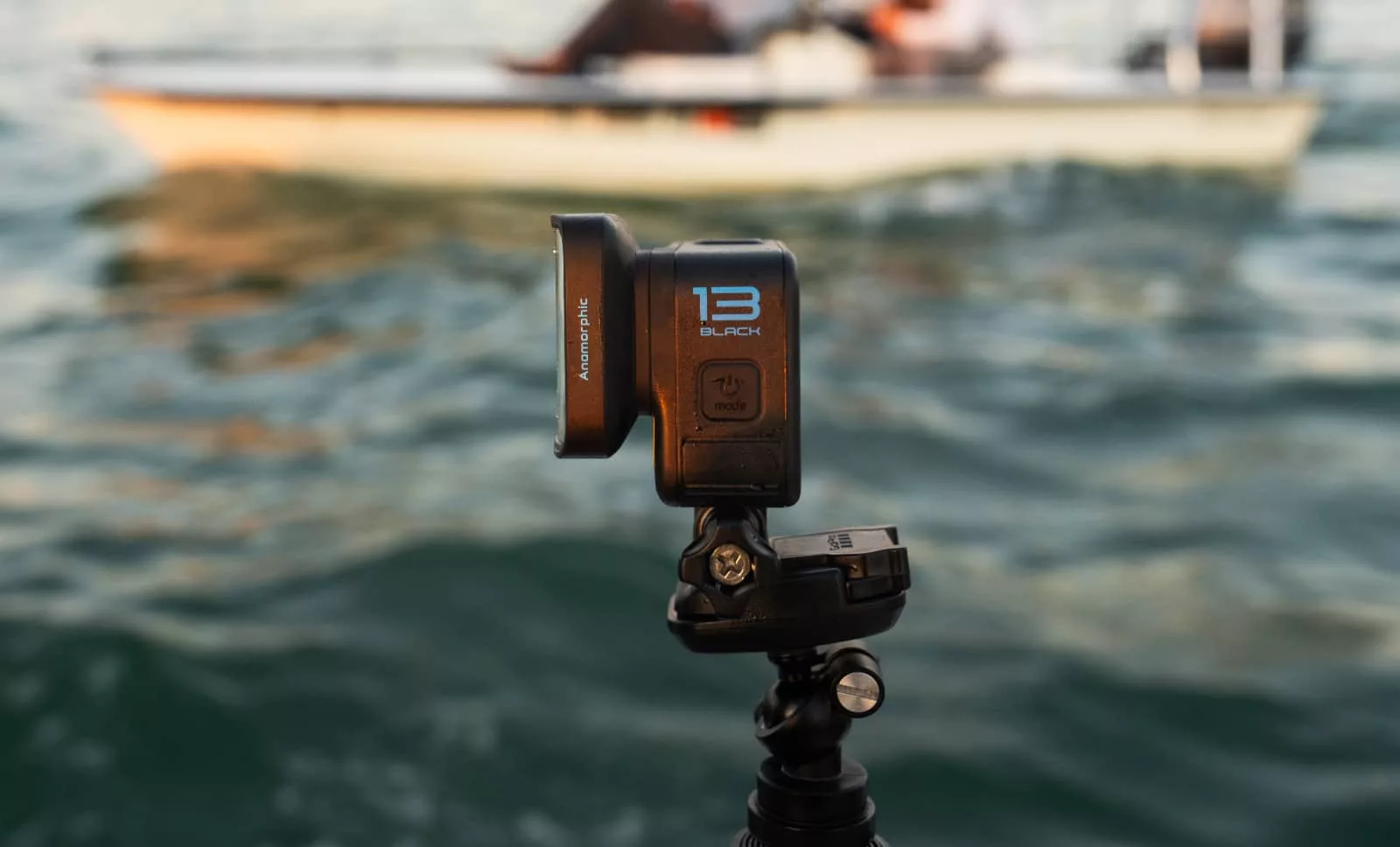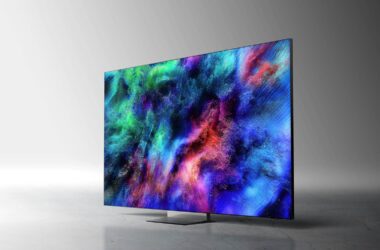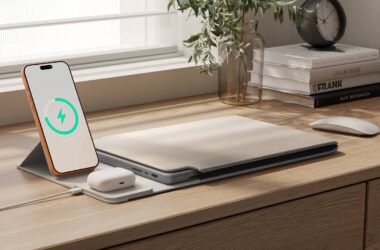The latest GoPro offers two styles of camera for different price points, both with the ability to swap lenses easily complete with custom settings.
Action cameras have changed in size over the years, but one thing has remained consistent about them: the short pudgy boxes are designed for action, typically consisting of lens, sensor, and screen all in a durable design. Nothing overly complex there.
They’re built for the various activities you do, to capture the exploits and share them, and as such, they’re made to withstand life, but they’re also typically not expandable or customisable. GoPro has been working on that over time, opening up options to allow folks to modify their cameras in little ways, but with the company’s latest efforts, the action camera is becoming a little more like the conventional camera.
Much like how interchangeable lens cameras offer interchangeable lenses (it’s all in the name), GoPro is supporting something similar, albeit with its own system.
This week, GoPro has announced two new cameras that will plunge the GoPro action camera into the world of interchangeable lens cameras.
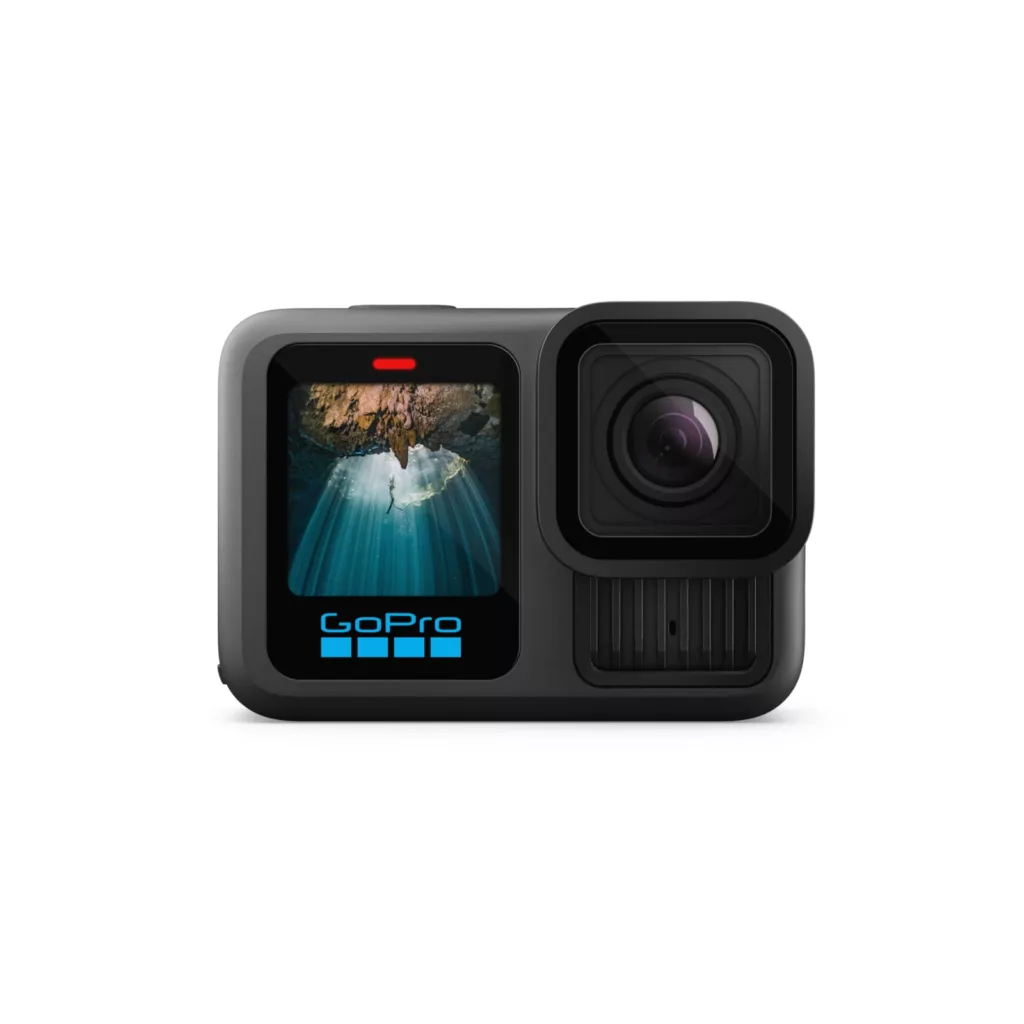

The GoPro Hero 13 and Hero 13 Black are two models sporting support for those new lenses from GoPro, with slight variations as for what they have to offer.
At the top of the range, the $649 Hero 13 Black brings the typical Hero camera with a screen on the back, supporting a screen on the front, as well, sitting atop a 27 megapixel sensor.
You can capture up to 5.3K at up 60p with that sensor, while 4K offers up to 120p, and both 2.7K and 1080p at up to 240p. At 720p, the Hero 13 Black can even capture 400p. For those not down with the jargon, the higher the “p”, the higher the frame rate, and the higher the frame rate, the smoother the slow motion. In short, the GoPro Hero 13 Black offers smooth slow motion for folks who need it in varying sizes.
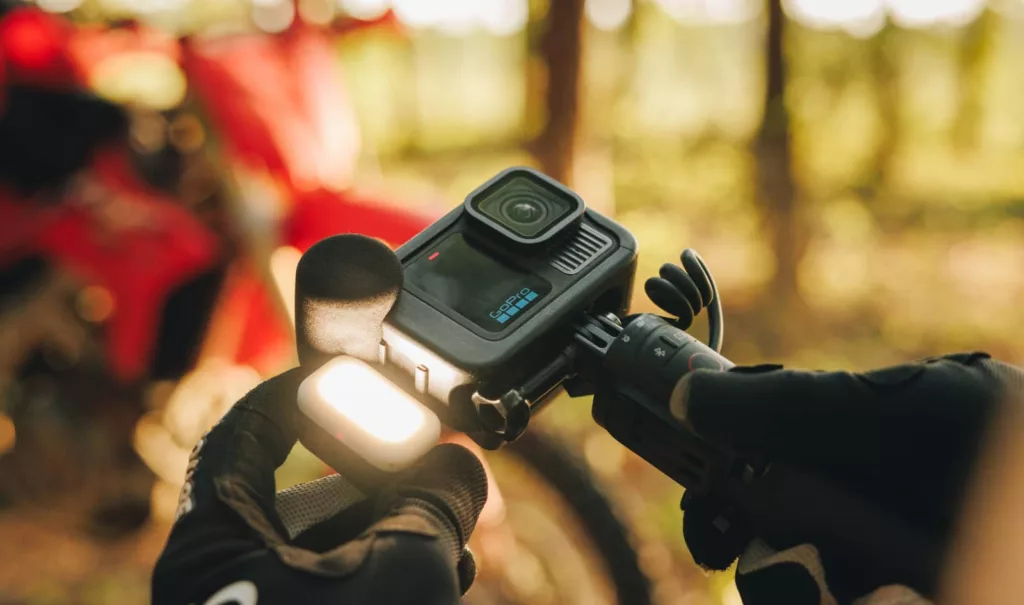
There’s also support for various aspect ratios covering wide screen, tall portrait for phones and TikTok, and more, while HDR is also supported, too, complete with the pro standard of Hybrid Log Gamma.
GoPro has updated some of the other specs, with WiFi 6 onboard for faster transmission, customisable audio tuning settings, and GPS support extended through the GoPro Quik app allowing you to map GPS information to on-screen display information (rather Iike a HUD).
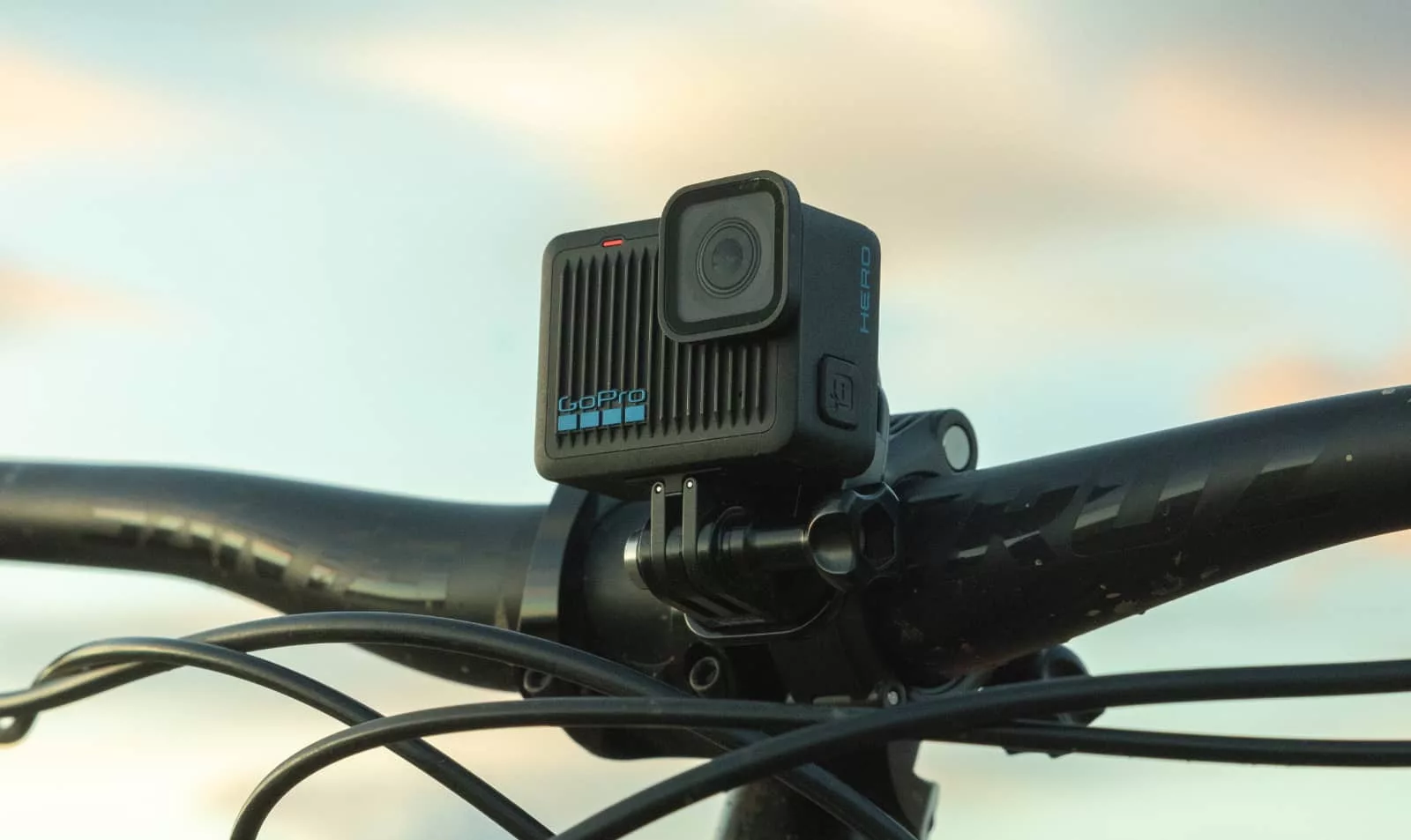
A second model is also being released for folks who want a GoPro, but don’t need all the bells and whistles. The Hero 13 without colours or shades lacks a front LCD screen, but offers one at the back, and doesn’t it offer as much slow motion, or any. Rather, the Hero 13 supports 4K, 2.7K, and 1080p at fewer frame rates, using a 12 megapixel sensor compared to the 27 megapixel of the Hero 13 Black.
What makes the Hero 13 standard special is its size and price: at 86 grams and designed to be properly small, the $349 GoPro Hero 13 not only small, it’s pretty much half the price of its Hero 13 Black sibling.
And they both offer support for the new GoPro lens format, something that the company confirmed isn’t being offered to older models.

GoPro’s Global Head of Product, Pablo Lema, confirmed to Pickr that the new lens system wouldn’t fit onto or match the older cameras, noting that the mechanical structure is different. Even last year’s Hero 12 can’t support the new lenses, it seems.
Those new lenses are all optional extras, much like they would be with any interchangeable lens system, but bring extra viewpoints to the GoPro Hero 13 cameras.
There are varying degrees of Neutral Density filters — ND filters — that darken the scene, complete with settings for the cameras to work with able to control shutter speed for precision control.
You’ll also find another couple of lenses in an ultra-wide and a macro lens, the latter of which seemingly provides a wider view with a focused middle to give you finer details. The macro lens is also unique in that it comes with a focus ring, allowing you to control focal distance with a maximum of 4cm away from the subject in a way not unlike a macro lens would on a DSLR or mirrorless camera.
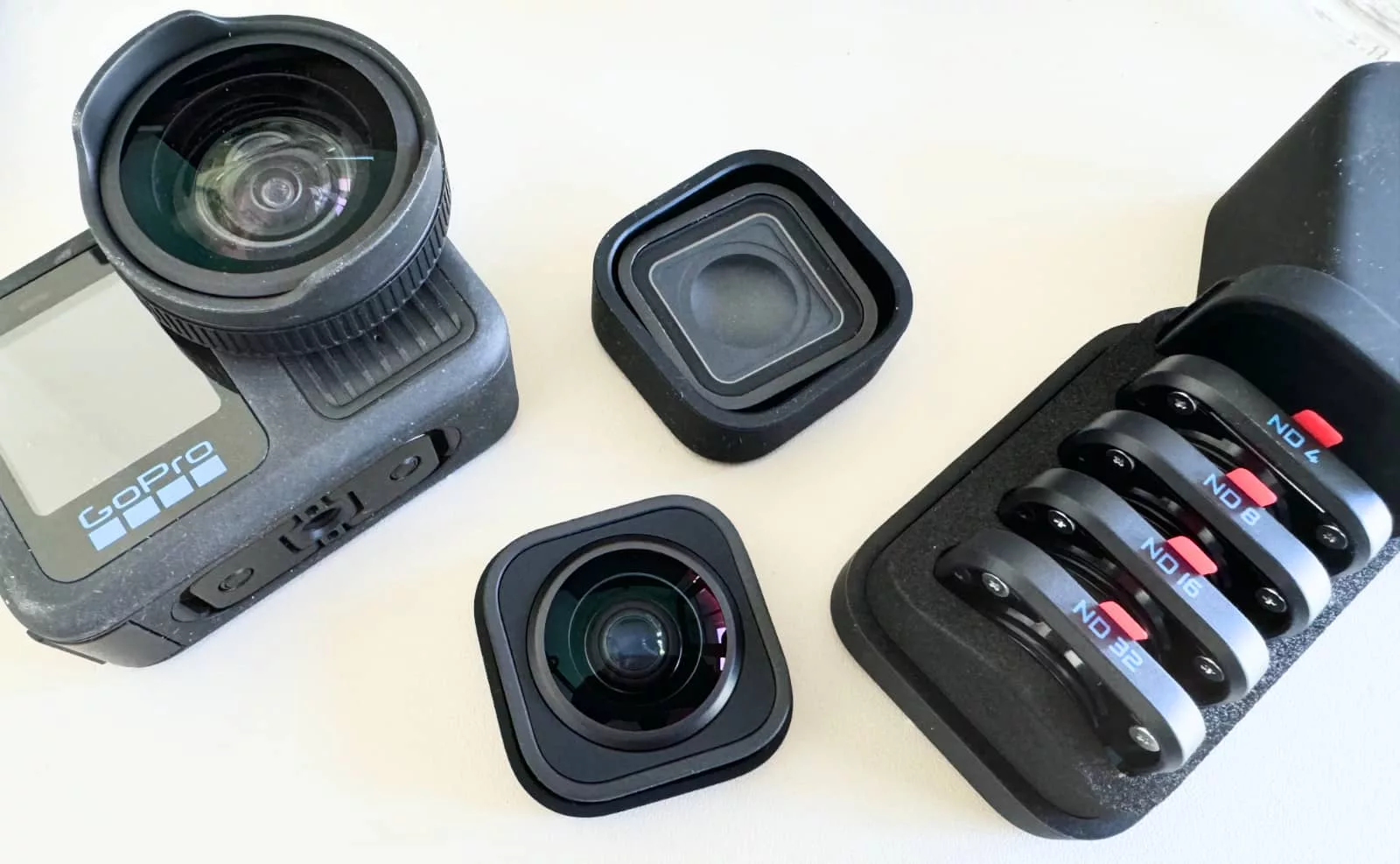
GoPro is also building an anamorphic lens designed to provide a 21:9 aspect ratio like in films, shaping the format and allowing the cameras to de-squeeze what’s there to provide a more cinematic approach to GoPro video.
All of these are optional extras, however, starting at $119.95 on top of the cost of the cameras, and they only work with the new cameras. There’s also no third party GoPro lenses as yet, with GoPro noting the idea was good, but that it wasn’t something available yet.
There are also other accessories, covering new mounts and a “Contacto Magnetic Door” and power cable which can keep the GoPro charged with a meaty USB power pack so it keeps on recording, as well as the company’s Premium service accounts which provide storage to keep videos on and video stabilisation, among other features.
Pricing for the GoPro Hero 13 cameras starts at $349 in Australia for the standard Hero 13, while the Hero 13 Black costs $649, with both heading to stores in September alongside GoPro’s lenses.
